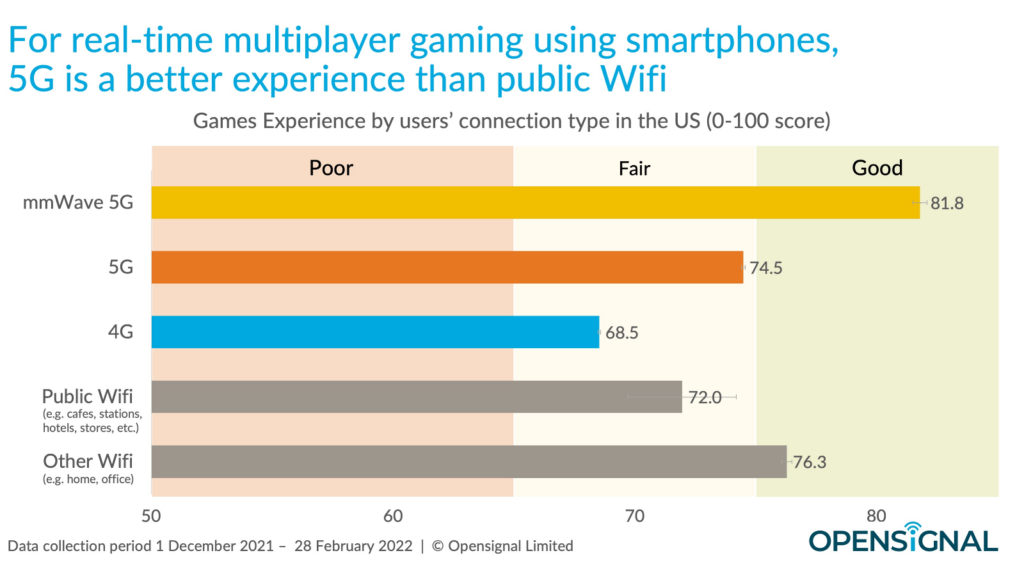In this second installment of our multipart FAQ series on cellular connectivity modules for IoT applications, we delve into the advancements made by leading technology companies like u-blox, Sierra Wireless, SIMCom, and Ericsson in the realm of 5G, 4G, LTE, LPWA, and 2G technologies. To catch up on part 1, click here.
Exploring u-blox Cellular Connectivity Modules
Swiss-based technology company u-blox specializes in wireless communication and offers a range of cellular IoT modules under the SARA, LENA, LARA, and LEXI series. These modules support power-saving modes like PSM and eRDX, with GNSS support integrated or via external control. The modules are designed with a focus on efficiency and functionality, as depicted in Figure 1.

Figure 1. u-blox’s innovative design allows seamless integration of cellular modules. (Image: u-blox)
The SARA series caters to a range of technologies, including LTE Cat 1bis, LTE-M, NB-IoT, SAT, and 2G, in a compact form factor. The LARA series focuses on LTE Cat 1 and Cat 4 technologies, while the LENA series is optimized for LTE Cat 1bis. The LEXI series, with its small form factor, supports various technologies like LTE Cat 1bis, LTE-M, NB-IoT, and 2G. For a detailed comparison, refer to Figure 2.
Sierra Wireless IoT Modules (now part of Semtech)
The EM Series by Sierra Wireless, now part of Semtech, comprises cellular connectivity modules in the M.2 form factor, commonly used for solid-state drives. The EM7565 LTE-Advanced Pro module offers high-speed connectivity, while the EM9291 5G NR Sub-6 GHz module supports advanced 5G capabilities. Additionally, Sierra Wireless provides LPWA modules like the HL and WP series, catering to various IoT applications.




